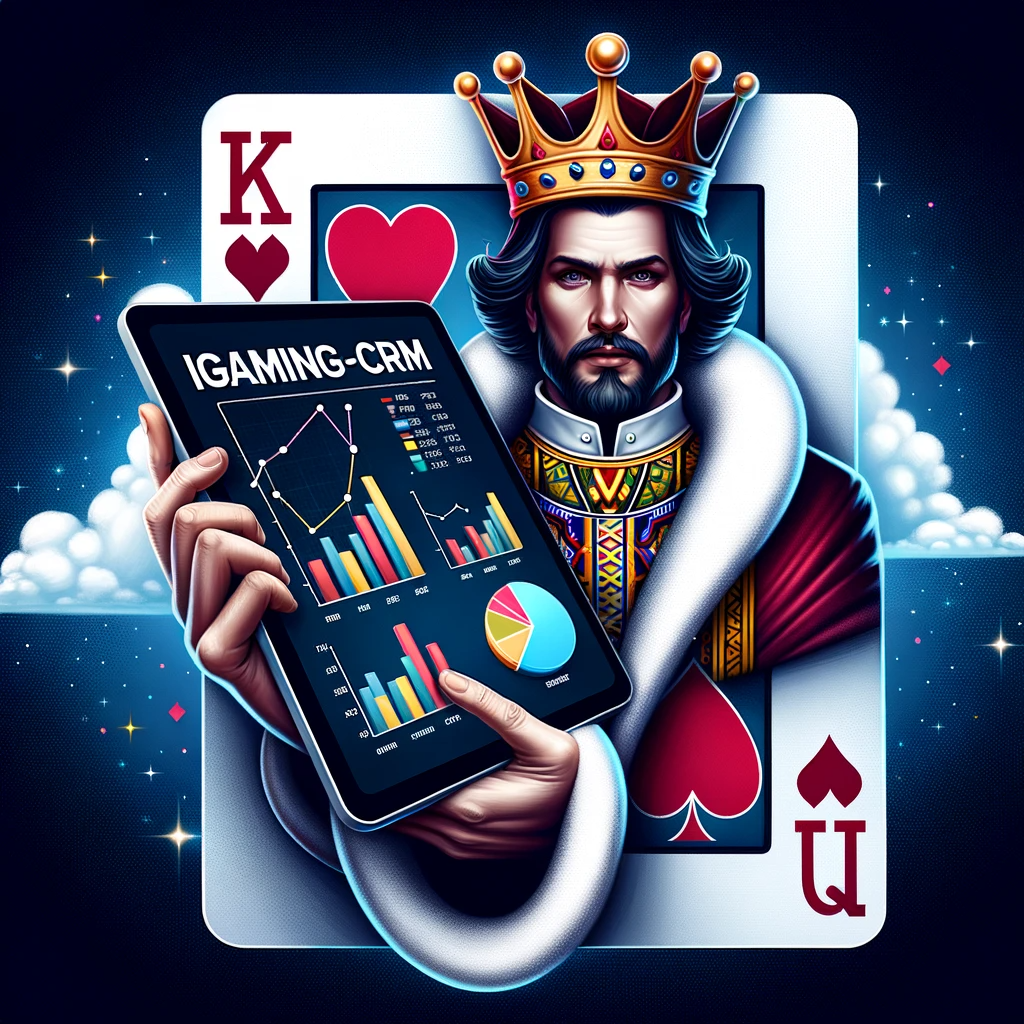How Gamification in iGaming Hijacks Player Psychology

Introduction
Every spin, badge, streak, and leaderboard is designed to make you stay a little longer. iGaming platforms know that psychology sells. And when gamification meets gambling, things get complicated fast.
In this blog, we’re unpacking the mechanics behind gamification in iGaming. You’ll learn how it influences player behavior, the line between smart design and manipulation, and what ethical, responsible gamification can actually look like.
What Is Gamification in iGaming, Exactly?
Gamification means adding game-like features, such as points, challenges, or levels, to non-game experiences. In iGaming, that could be:
- Earning daily login bonuses
- Climbing a VIP tier ladder
- Completing missions to unlock rewards
- Competing on a public leaderboard
- Getting streak rewards for playing multiple days in a row
These mechanics tap into deep psychological drivers. But they also blur the line between entertainment and addiction.
The Psychology Behind It: Why It Works So Well
1. Variable Rewards Keep You Hooked
Not knowing what reward is coming next creates suspense. This “slot machine effect” is rooted in variable ratio reinforcement, one of the most addictive psychological principles. You keep playing because maybe the next reward is big.
2. Progress Triggers Dopamine
Even small wins, like leveling up, trigger satisfaction. Players feel a sense of achievement, even when the rewards are minor. That feeling drives continued engagement.
3. Loss Aversion and Fear of Missing Out
Many gamified features punish not playing. Break your login streak, and you lose your multiplier. Miss an event, and you’re behind the curve. These tactics exploit FOMO and loss aversion, both of which influence decision-making.
4. Social Proof and Competition
Leaderboards make performance public. Players start comparing themselves to others, which triggers competitiveness. That’s powerful, but it can also spiral into unhealthy obsession.
Real-World Examples: What Gamification Looks Like in Practice
🎯 Loyalty Programs
iGaming operators use multi-level loyalty systems where players climb tiers for perks. The more you play, the more you earn. That feedback loop is simple, but highly effective.
🎮 Slot Achievements
Modern online slots have built-in mini-objectives: “Win 3 times in a row,” “Unlock a hidden bonus,” or “Trigger 10 free spins.” These tasks reward persistence and create short-term goals to chase.
🧩 Event-Based Challenges
Special time-limited challenges (“Play 5 different games today”) keep players logging in and trying new content. While this boosts engagement, it also encourages extended play sessions.
ALSO READ
Where Things Start to Go Too Far
There’s a difference between keeping things fun and creating compulsive behaviors. And iGaming platforms often push past that line.
🚨 Always-On Features
Many gamified platforms never let you pause. There’s always a “limited-time reward,” a “daily spin,” or a “just-missed bonus.” This design discourages breaks, rest, or reflection.
🚨 Hidden Mechanics
Gamified iGaming sometimes hides the odds of winning. Players might think they’re progressing based on skill, when it’s actually random chance. That’s misleading.
🚨 Psychological Fatigue
Constant engagement leads to cognitive fatigue. Players make worse decisions over time, especially with money on the line.
How to Design Gamification More Responsibly
Ethical iGaming doesn’t mean removing all rewards. It means using gamification to support entertainment, not dependency. Here’s how:
✅ Add Clear Stopping Points
Give players a natural place to pause. For example, end missions after a set time or reward breaks with bonus content later.
✅ Show Real-Time Limits
Display how long a player has been active today. Add subtle nudges to take a break. Some platforms even use “cooling off” reminders after long sessions.
✅ Be Transparent with Odds
If gamified tasks involve randomness, state the probabilities upfront. It builds trust and protects players from misconceptions.
✅ Use Positive Reinforcement, Not Pressure
Reward players for healthy actions, like setting time limits, taking breaks, or opting out of risky bets.
Regulatory Pushback and Future Trends
Regulators across the EU and UK are watching this space closely. Some recent trends include:
- Stricter advertising laws for gamified features targeting minors
- Mandatory time tracking tools within platforms
- Limiting streak-based bonuses that encourage daily logins
iGaming operators that ignore these signals risk fines, or worse, a loss of player trust.
FAQs
1. Is gamification in iGaming always harmful?
Not necessarily. It can make games more engaging. The issue is when it manipulates players into spending or playing beyond their limits.
2. How can I tell if an iGaming site is using ethical design?
Look for transparency in odds, session time tracking, and clear pause points. Ethical sites also provide tools for self-exclusion and responsible play.
3. Can gamification be used for good in iGaming?
Yes. Some platforms reward breaks, promote education about risks, or gamify limits, like awarding points for setting a budget or time cap.
Want to get Started?
Playing should feel like play.
If you’re building or using gamified iGaming platforms, take a second to ask, who really benefits from this design? It’s time to make fun safer, and systems smarter.
